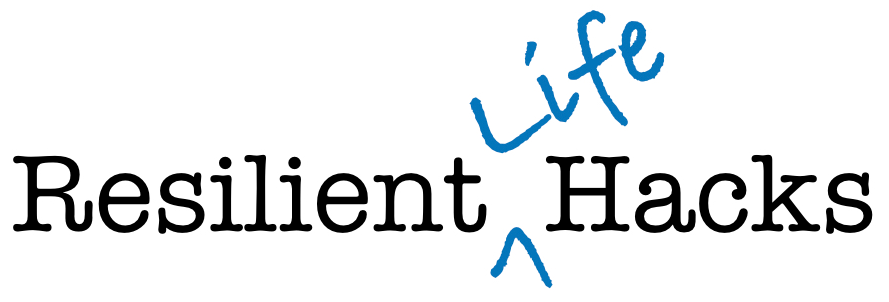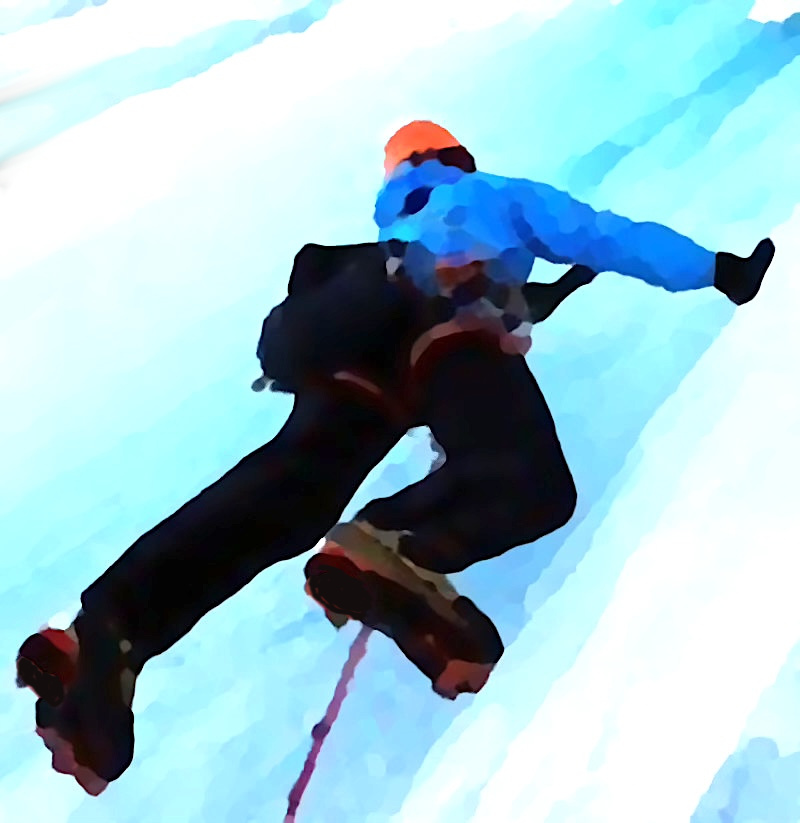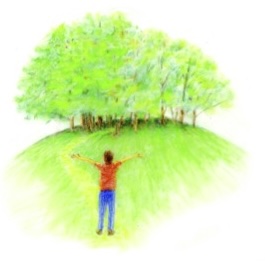Raspberry Pi OS
1. Resilience Prep
Complete a Resilience Learning module, such as the Fast-track--Two Skills.
2. STEM Learning
STEM, Resilience, and Raspberry Pi Setup, Part 1 of 3. Discover the positive coping resilience skills we use while doing a Raspberry Pi setup. And, discover how a technology system gives us insight on how to develop a social support system to deal with our challenges. Video »
STEM, Resilience, MQTT, and Node-RED, Part 2 of 3. Video »
STEM, Resilience, Node-RED, and Internet of Things, Part 3 of 3. Video »
Resilience Workbook. The second section of the workbook provides for a more in depth look at these STEM exercises. Workbook PDF »

 Your goal with this learning is to create your own Hero's Journey while becoming more resilient. Yet, a goal without a plan is only a wish. So, there are three exercises that help move you along in your Hero's Journey. There are challenges, skills to be developed, and companions on the journey. These skills are your protective armor. They make you more resilient. You learn five resilience skills, Belief, Persistence, Strength, Trust, Adaptability, and can even make your own skills. One way to create your Hero's Journey is to explore each of the five skills. You can start with the Belief skill and work on the Tell your story exercise. Then, find a companion or companions to work with the Collaboration exercise. Find a real challenge and complete that exercise. Finally, alone or with your companion, work on the Transformation exercise.
Your goal with this learning is to create your own Hero's Journey while becoming more resilient. Yet, a goal without a plan is only a wish. So, there are three exercises that help move you along in your Hero's Journey. There are challenges, skills to be developed, and companions on the journey. These skills are your protective armor. They make you more resilient. You learn five resilience skills, Belief, Persistence, Strength, Trust, Adaptability, and can even make your own skills. One way to create your Hero's Journey is to explore each of the five skills. You can start with the Belief skill and work on the Tell your story exercise. Then, find a companion or companions to work with the Collaboration exercise. Find a real challenge and complete that exercise. Finally, alone or with your companion, work on the Transformation exercise.  For younger learners, Woody explores the Hero's Journery. Woody is written at a 4th grade reading level and is illustrated. Woody encourages building social support, self-esteem, self-efficacy (believing you are capable of reaching a goal), and problem solving skills. It recognizes that it is okay to change one's beliefs as we learn new ideas.
For younger learners, Woody explores the Hero's Journery. Woody is written at a 4th grade reading level and is illustrated. Woody encourages building social support, self-esteem, self-efficacy (believing you are capable of reaching a goal), and problem solving skills. It recognizes that it is okay to change one's beliefs as we learn new ideas.  A simple web-based application that parallels the five skills, and further allows you to create your own resilience skills. The simple app permits exploration of a personal challenge using any of the skills. All data are stored locally on your computer or device. Should you want a printable version, the app has been translated to hardcopy in the workbook.
A simple web-based application that parallels the five skills, and further allows you to create your own resilience skills. The simple app permits exploration of a personal challenge using any of the skills. All data are stored locally on your computer or device. Should you want a printable version, the app has been translated to hardcopy in the workbook.